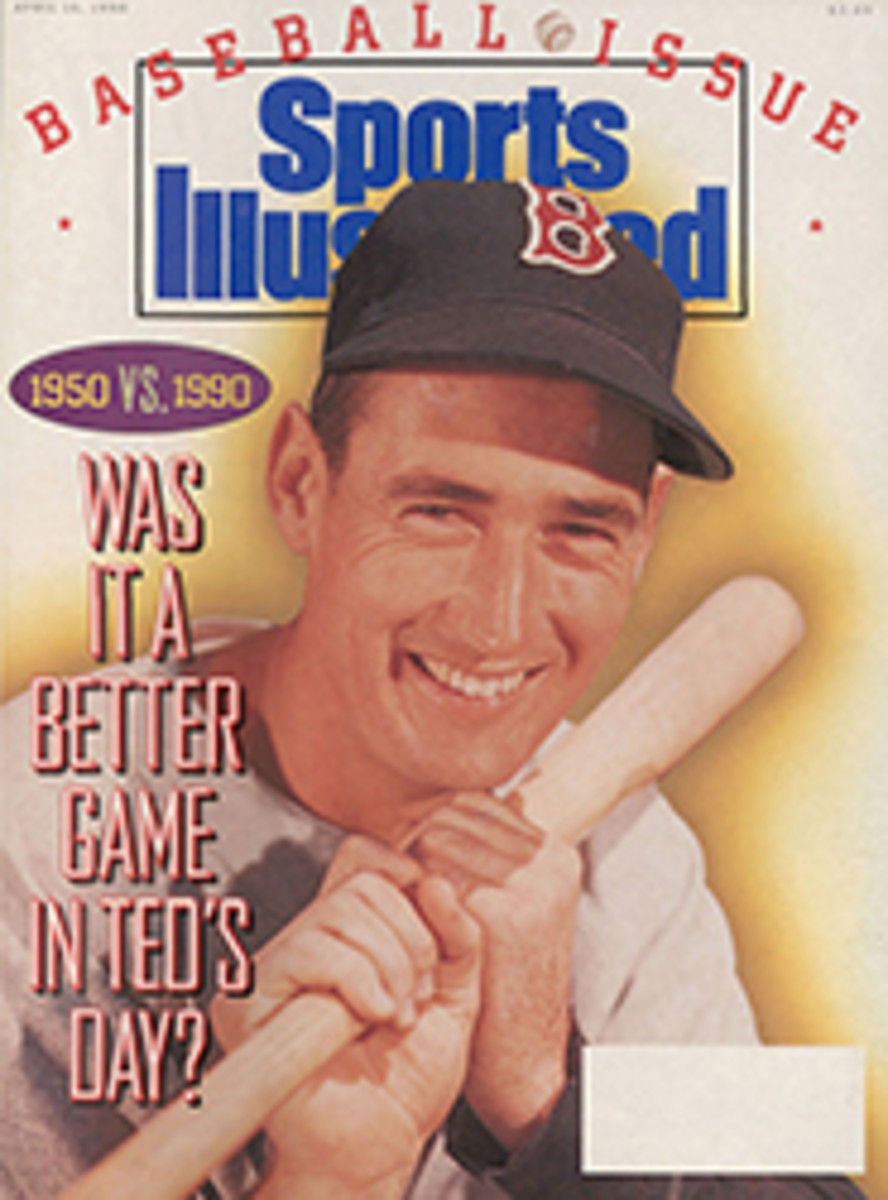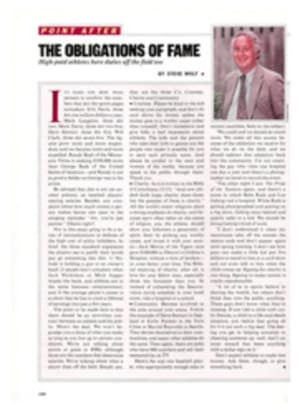
NEW LIFE FOR AN ANGLING CLASSIC
A tad over five feet tall and weighing only 95 pounds, Theodore Gordon hardly seemed to have the makings of a sporting giant. Born into a family of means in Pittsburgh in 1854, he lived for a while in Savannah, where he worked in securities and was, in his own words, "practically ruined" by a railroad bankruptcy. In the late 1890s he and his widowed, invalid mother moved to Haverstraw, N.Y., to be close to relatives. Not long afterward, Gordon settled in the Catskills and then devoted the rest of his life to fishing for trout, studying the insects upon which they feed, tying flies professionally and writing articles for the Fishing Gazette in England and Forest and Stream in this country. A prodigious letter writer, he corresponded with the leading anglers of the day, among them Frederic M. Halford and G.E.M. Skues in England.
Gordon wrote at a time when the brown trout, a fish much harder to catch than the native brook trout, had just been introduced to the U.S. from Europe, as had the dry fly (by the English). In 1890, Halford, then the premier advocate of the dry fly, sent 48 of his best patterns to Gordon, who set about modifying them for trout in the Catskills, then the hub of fly-fishing in this country. In person and through his writings, Gordon had an enormous influence on angling practices. For that reason, despite a recent revisionist attack on his importance by Paul Schullery, a fly-fishing historian who argues that Gordon was not as influential as his followers claim because his writings were not available to most anglers of the day, he is revered by many as the father of modern American fly-fishing.
After Gordon died in 1915, George LaBranche, one of this country's leading fly-fishing authorities at the time, wrote that "Mr. Gordon was, perhaps, the greatest student of fly fishing in this country, and without exception the best fly tier I have ever known." George Parker Holden, another fly-fishing expert, doubted that anyone would "fill Theodore Gordon's unique place as a writer specially beloved of all American anglers...."
For all the eulogizing, Gordon's reputation quickly waned. He left no book on fly-fishing, and he would have remained a dim figure were it not for John McDonald, a writer at FORTUNE who came across his work in 1945 while researching an article on trout fishing for the magazine. In 1947, Scribner's published McDonald's edited compilation of Gordon's works, The Complete Fly Fisherman: The Notes and Letters of Theodore Gordon, which immediately became an angling classic and went out of print almost as quickly.
In 1968, McDonald gave the copyright as a gift to the Theodore Gordon Flyfishers, an anglers' conservation group. They brought out a revised edition of The Complete Fly Fisherman, and it, too, soon went out of print. Now Nick Lyons Books has published a third edition of The Complete Fly Fisherman for a new generation of readers. A hefty 574 pages and priced at $29.95, it contains a fresh appraisal of Gordon by McDonald, new appendixes and, for the first time, an index. The book belongs in every serious angler's library.
Gordon wrote on many topics: angling techniques ("The fly must be placed to an inch as the fish will rarely take it unless it floats over them just right"), the books he read, the effects of drought and floods on fish, the seasons of the year ("The silence of the snows is over all the land, and the bright waters of our trout streams run almost black between icy banks") and his belief in the natural fly as a model for the artificial ("The insect must be studied and many patterns dressed before one can hope to satisfy the critical eyes of the trout"). Although an advocate of the dry fly, he was neither a rigid purist—a fault he came to find with Halford—nor a trout snob. He caught weakfish on shrimp and pike on the fly "well sunk," and he originated the Bumblepuppy fly to catch black bass. Both the Bumblepuppy and the Quill Gordon, which Gordon tied for trout, remain popular today, tiny feathered monuments to his peculiar genius.
While Gordon's graceful, often lyrical style is engaging, The Complete Fly Fisherman isn't a book to be read in one sitting. His observations are too rich and varied. Some articles, however, are repetitive because Gordon often recounted the same experience for the two magazines to which he contributed what he called his "little gabbles or talks." The Complete Fly Fisherman is best savored in small bites, especially on early spring days when wind and winter runoff conspire to keep you off the water—where by all rights you should be—and in the library.
PHOTO
COURTESY AMERICAN MUSEUM OF FLYFISHING
Until recently, Theodore Gordon's writings on trout had been long out of print.

